Exploiting E2 MFG
- by Vince
-
in Blog
-
Hits: 1048
The terms vulnerability assessment and penetration test are often used synonymously but they are not the same thing. This post is a perfect example of something that would not get identified during a vulnerability assessment and showcases the difference between it and a penetration test.
During a recent penetration test, I discovered a Microsoft SQL Server.

I'd already compromised a few users and one of the accounts allowed me to enumerate the file shares on said SQL Server.
I mounted the visible share and started searching through the file system.
To my surprise, I found a DB_Scripts folder which contained some juicy files.

And that's when I struck gold:
That's a fantastic password, it's a shame it was left in the open for anyone to find.
Using a SQL Server client, I connected to the server.
I enabled XP_Cmdshell and executed the whoami command.
Checking the privileges of the current user.
SeImpersonatePrivilege stands out because of Print Spoofer. I didn't attempt this exploit but only pointed it out in my report. This being a production server, I felt like that would be risky.
I did attempt to upload a reverse shell and the endpoint protection stopped me. 
Attempting to capture the hash, I called a fictitious share on my attacking system.
Capturing the hash with Responder.
SMB Signing was enabled which prevented any sort of relay attack.
Using a different SQL Server client, I connected to the database.
Enumerating databases.
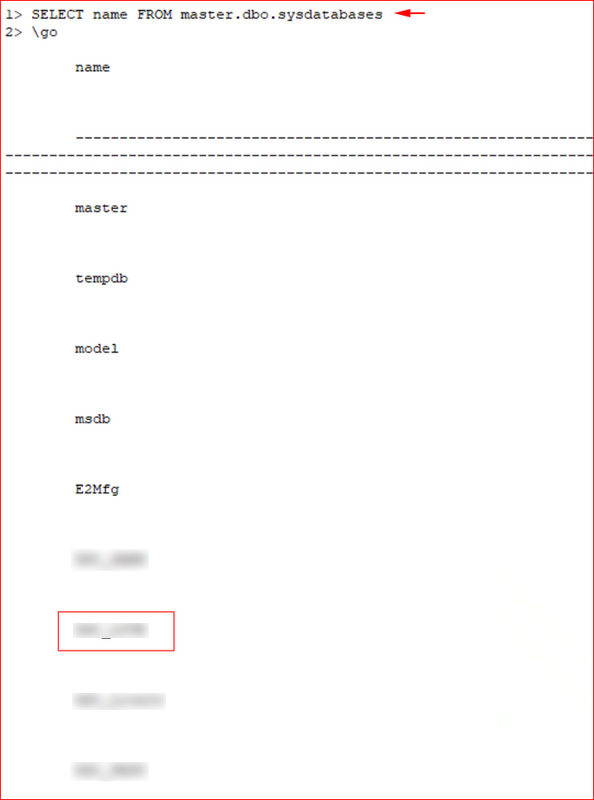
Querying the users table.
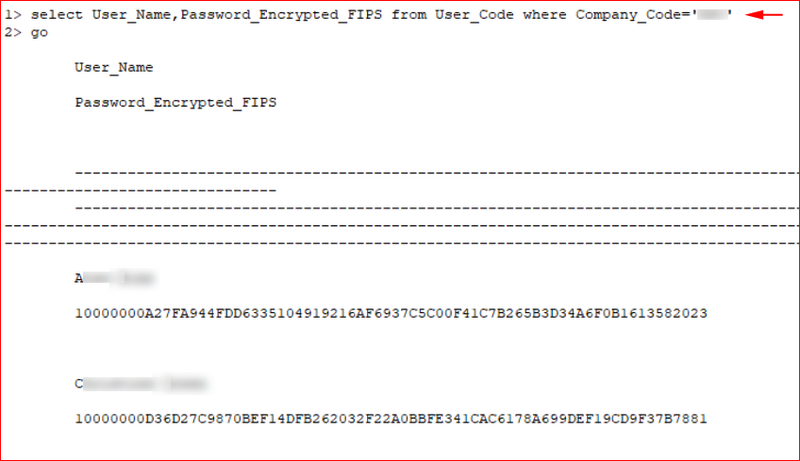
Already proving that I could modify the database, I wanted to show the potential damage from an insider threat. In this environment, users are restricted and everyone uses the least privilege model. That being said, HeidiSQL has a portable version which a regular user can run.
I asked the client to create a low privileged user in E2 MFG. From HeidiSQL, using the discovered credentials, I accessed the User_Code database.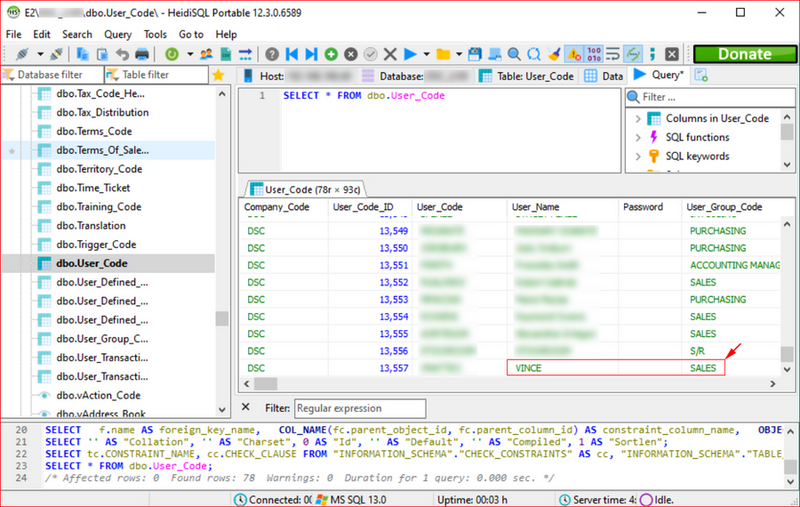
I modified my account, matching that of an Admin.
I also discovered that I needed to modify the User_Group_Code as well.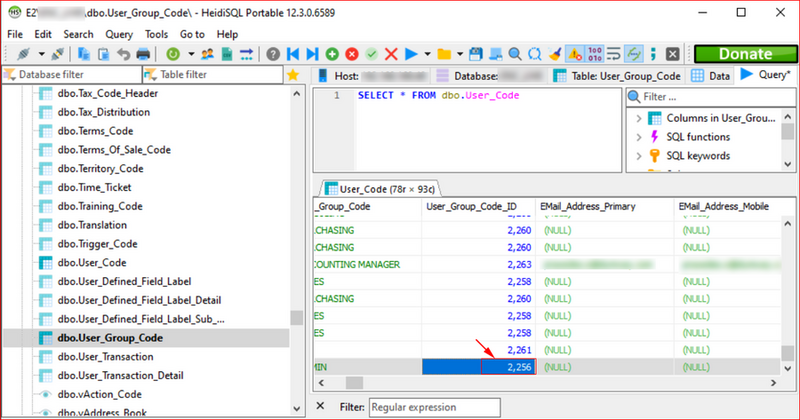
The login prior to upgrading my rights.
And after. Note the additions on the top row.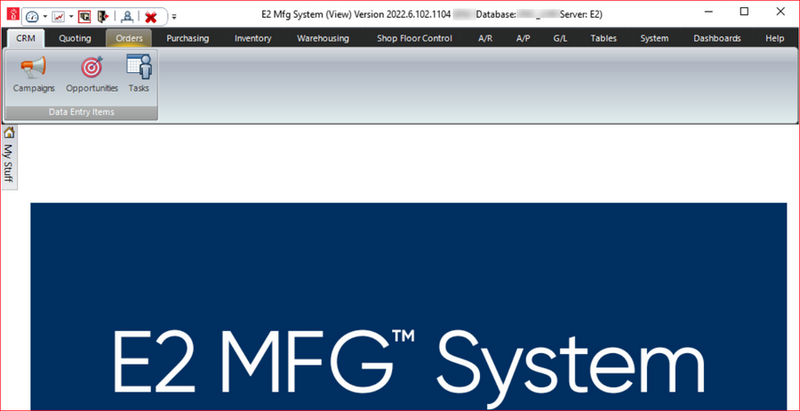
Not leaving anything to the imagination in my report, I show the Users section of the E2 MFG console.
I reached out to ECI Systems three separate times and I've yet to hear back. I don't think this technically falls into the vulnerability category which would warrant a CVE write-up. But it does make one wonder if leaving credentials in a public share is standard practice for their installers.